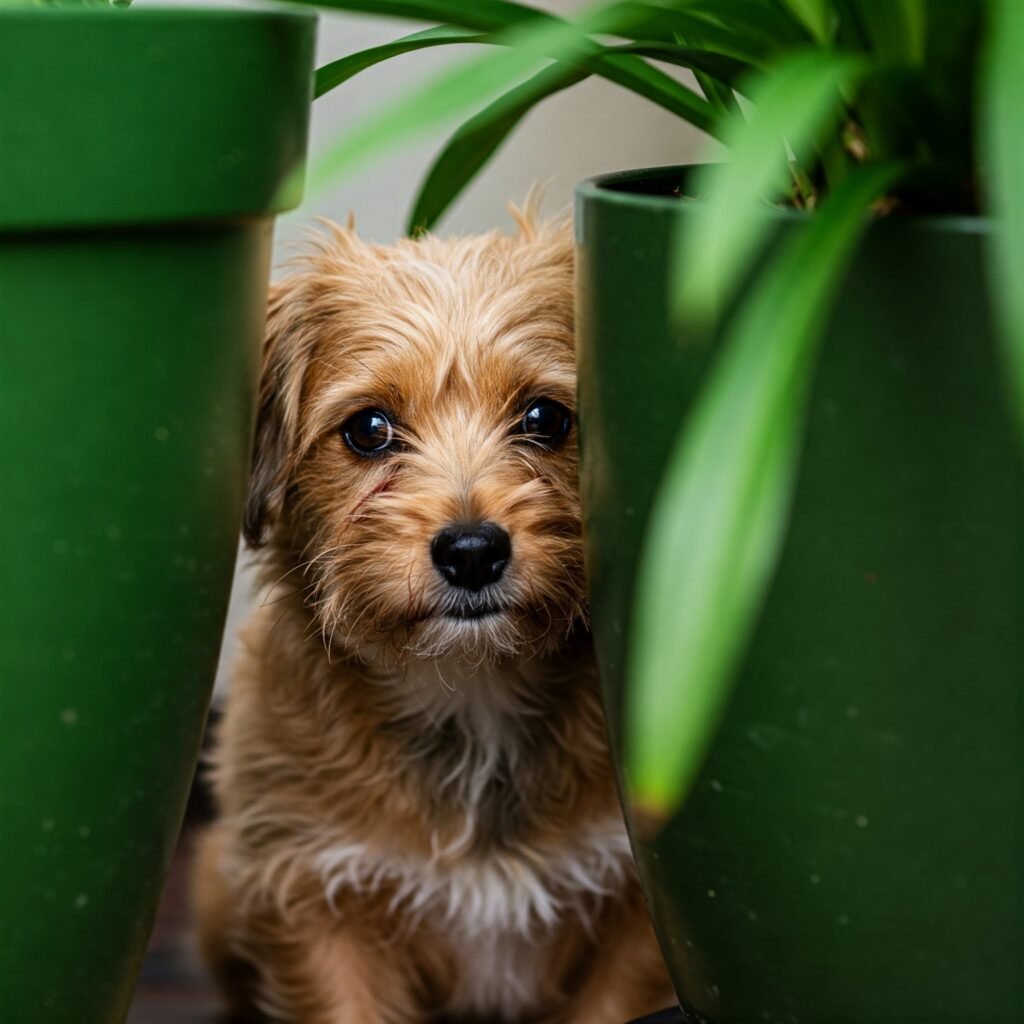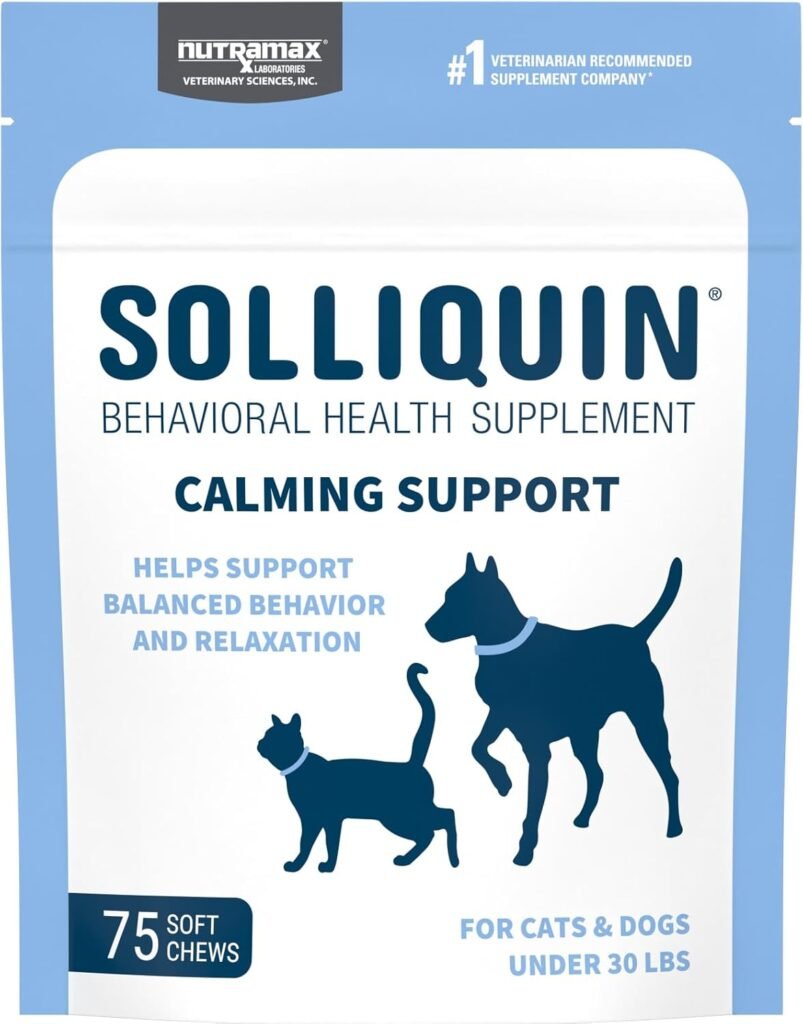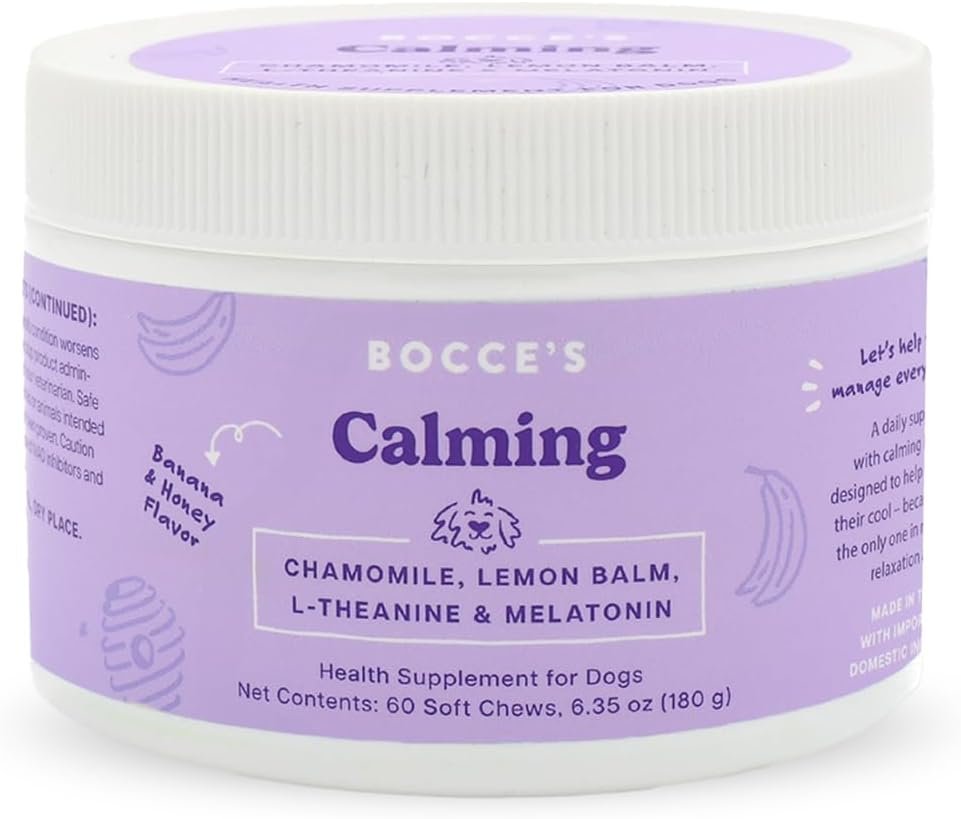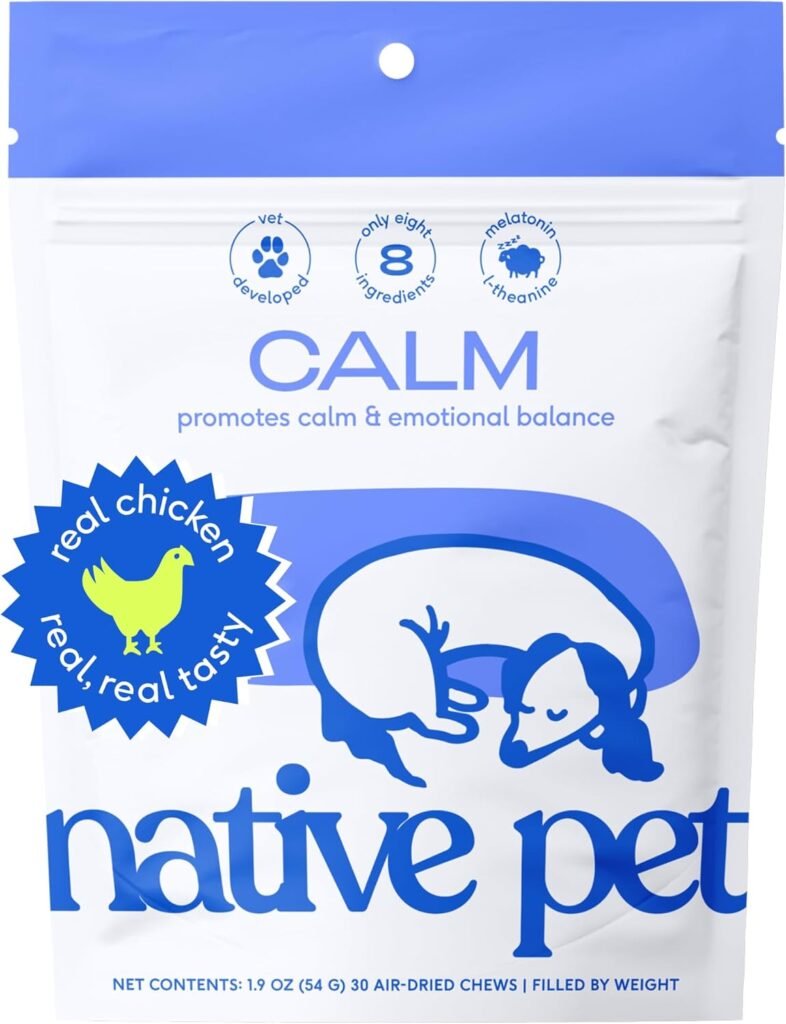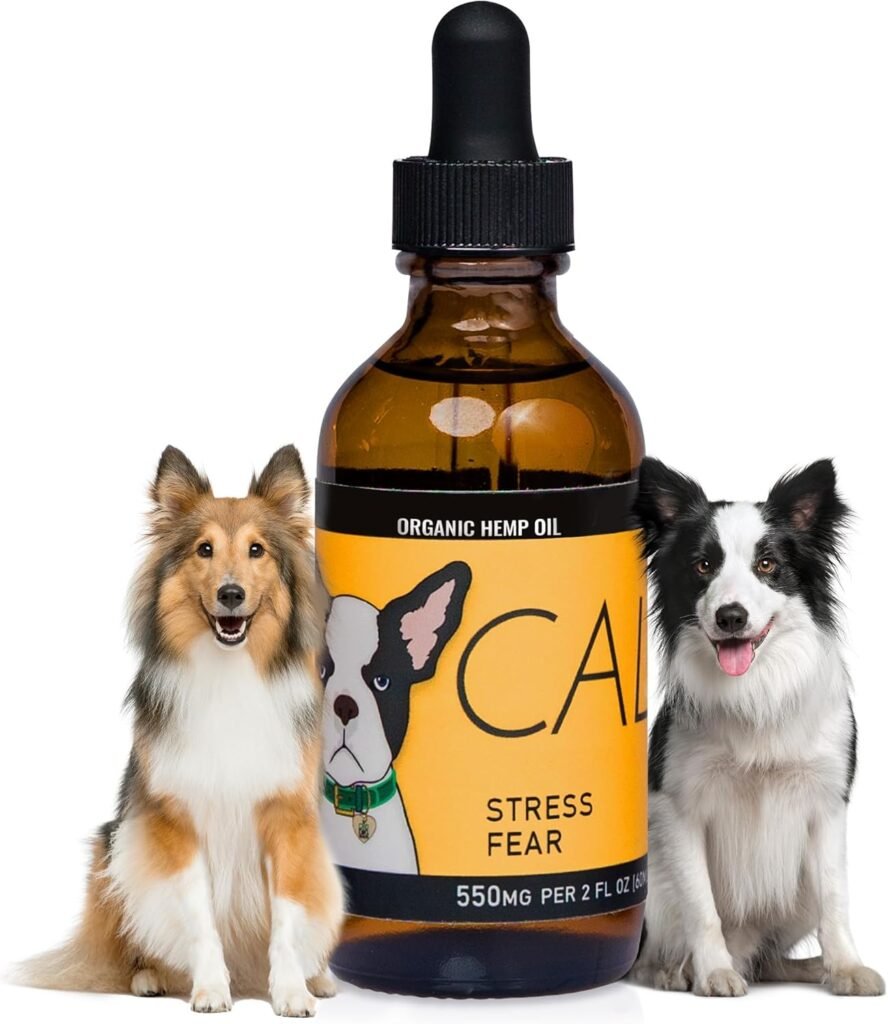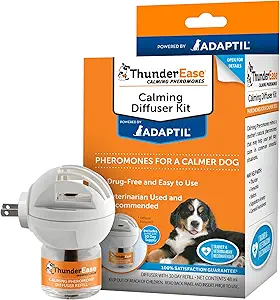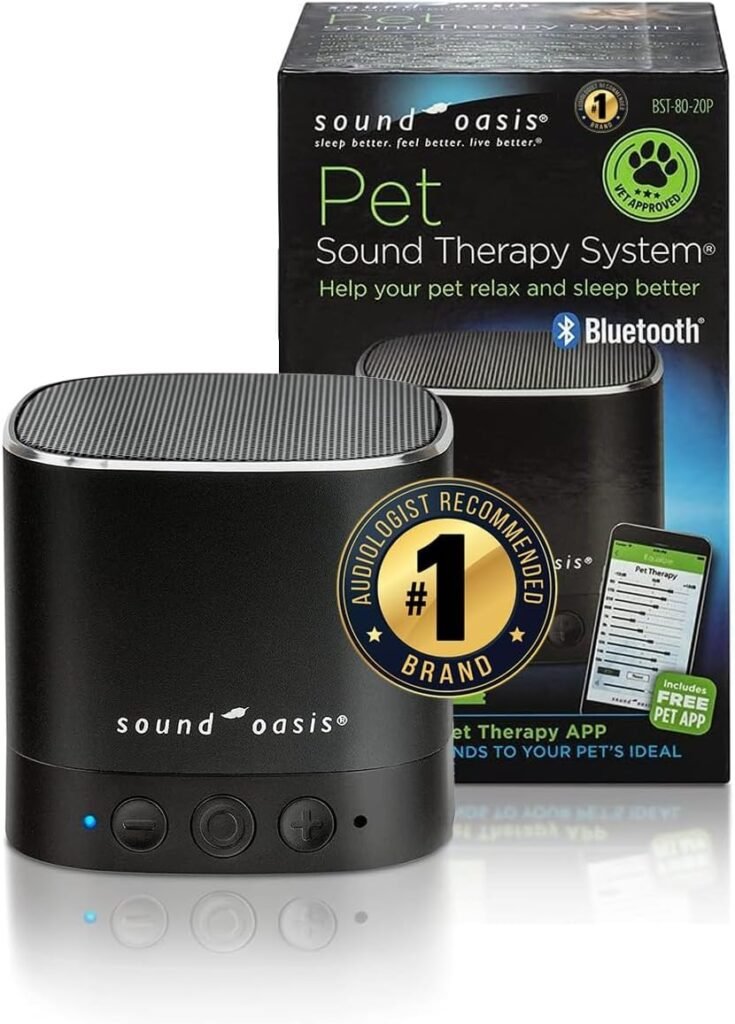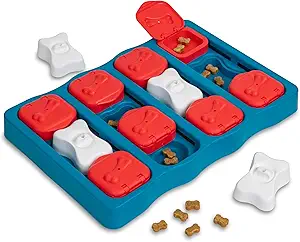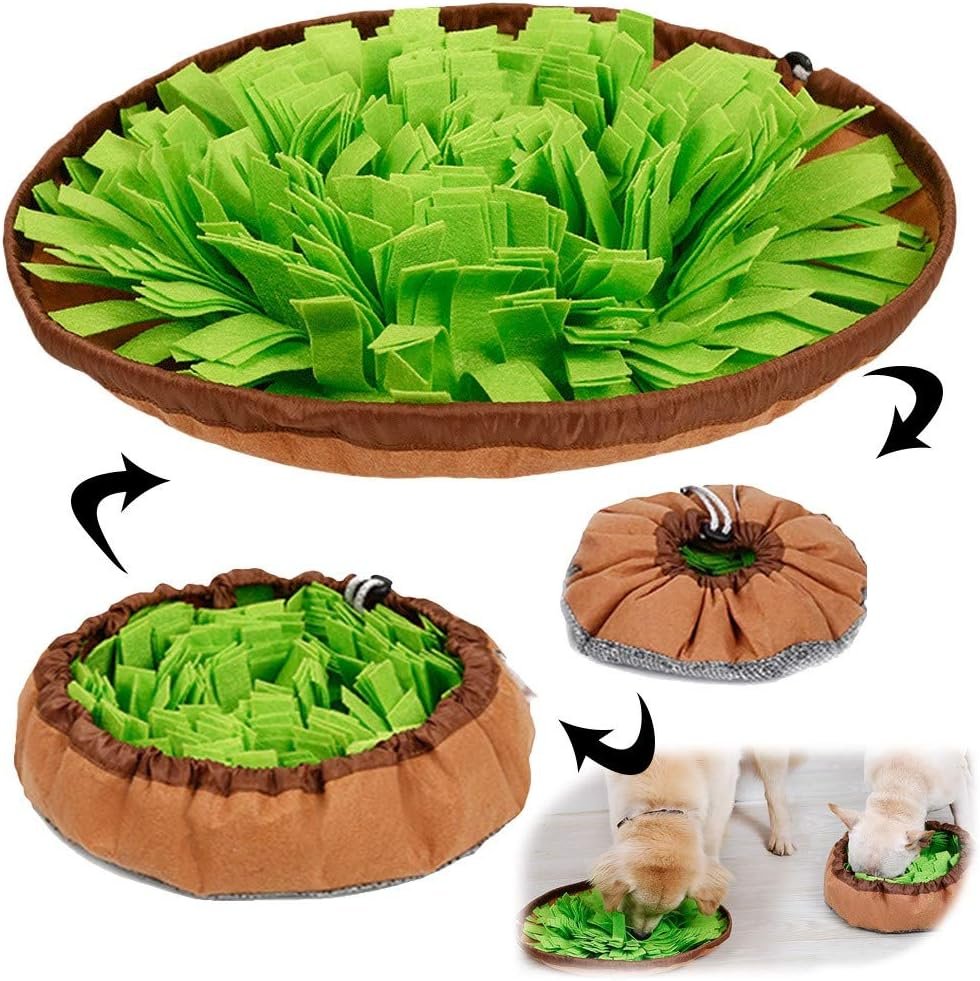Living with an anxious dog can be heartbreaking. As someone who adores her pups like family, I know just how hard it is to see them shaking, pacing, or hiding during thunderstorms, car rides, or even when you leave the house. But here’s the good news: you don’t need prescriptions to help your dog feel calm and safe. There are gentle, natural ways to soothe your pup’s nerves and restore peace to your home—and many of them have worked wonders for my own girls, Yuna and Nami.
If you’re looking for real, pet-parent-tested solutions, this guide is for you. 🐾
Understanding Dog Anxiety: The Signs to Watch For
First things first—how do you know your dog has anxiety? Every pup shows stress differently, but some common signs include:
- Pacing or restlessness
- Trembling or shaking
- Excessive barking or whining
- Hiding or clinging to you
- Destructive behavior (especially when left alone)
- Accidents in the house despite being house-trained
- Excessive licking or chewing
If this sounds like your dog, don’t worry—you’re not alone. Anxiety is super common in dogs, and it can often be managed naturally with the right tools and care.
Natural Ways to Help Your Dog With Anxiety
1. Create a Calm, Predictable Routine
Dogs thrive on structure. Having a consistent daily routine—for feeding, walking, playtime, and rest—can make your dog feel safe and secure.
🦴 Tip: Try to walk and feed your dog around the same time each day. Even just a few minutes of daily training or play can work wonders for anxious energy.
2. Try Calming Supplements
There are several vet-approved, natural calming supplements or treats available that help reduce stress without making your pup drowsy.
Look for treats or supplements that include:
- L-Theanine (an amino acid that promotes relaxation)
- Chamomile
- Melatonin (in small, dog-safe doses)
- CBD (hemp-derived, THC-free)
3. Use Calming Scents and Sounds
Just like us, dogs can be soothed with gentle aromatherapy and ambient sounds.
- Sprays or diffusers (pet-safe only!)
- White noise machines or classical music playlists for dogs
- Thundershirts or anxiety wraps for swaddling comfort
🎵 I play relaxation and anti-anxiety YouTube videos for the girls when I leave the house—it really helps mellow the energy in the room.
4. Increase Physical and Mental Exercise
A tired dog is a calm dog. If your pup’s anxious energy isn’t being burned off, it can bubble up into nervous behaviors.
Ideas:
- Daily walks and sniffaris
- Puzzle toys and snuffle mats
- Hide and seek with treats
- Short, fun training sessions for mental engagement
🧠 Mental stimulation is just as important as physical exercise.
5. Create a Safe Space
Whether it’s a crate, a cozy corner, or a blanket fort (yes, really!), giving your dog a dedicated spot to retreat to when they’re overwhelmed can help them feel in control.
6. Limit Triggers and Build Confidence
Sometimes managing anxiety means avoiding or gently desensitizing your dog to triggers. For example:
- Use a calming pheromone spray before car rides
- Try short, positive training sessions to associate fearful events (like thunder) with treats and play
- Work with a force-free trainer or behaviorist if needed
🐾 Small wins matter. Even just helping your dog stay calm for 5 minutes during a storm is progress!
When to See a Vet or Behaviorist
If your dog’s anxiety is severe or worsening, it’s okay to ask for help. A vet or certified behaviorist can help rule out underlying health issues and guide you through a more structured treatment plan—still using natural methods if that’s your preference.
Final Thoughts
Helping your dog with anxiety doesn’t have to involve medication. With a little patience, consistency, and natural support, you can create a calming environment that helps your dog feel secure and loved.
I’ve seen firsthand how small changes—like adding music to the room, switching up treats, or establishing a daily routine—can transform a stressed-out pup into a happy one. You’ve got this!

